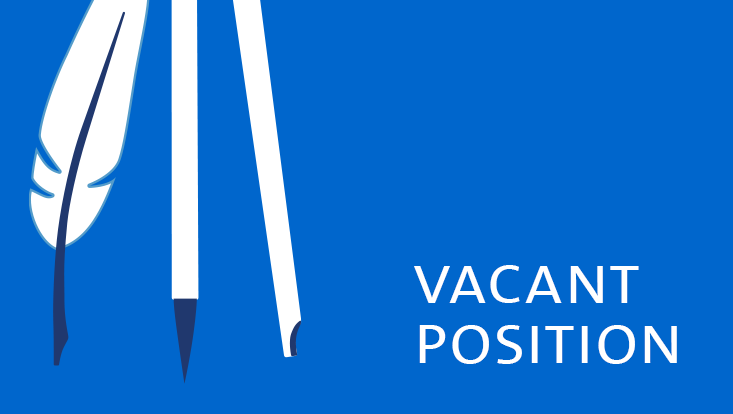Call for Applications is Out NowUWA Awarded Cluster of Excellence Status
22 May 2025

Photo: CSMC
The Cluster of Excellence Understanding Written Artefacts has succeeded in the main competition for funding from the German Research Foundation. UWA will thus continue its research until at least the end of 2032 – a significant milestone for written artefact research at the University of Hamburg.
The day had been eagerly awaited, and now the decisions have been made: On 22 May, the Excellence Commission of the German Research Foundation (DFG) announced which Clusters of Excellence are to be funded in the next phase of the Excellence Strategy from January 2026 to December 2032. A total of 200 applicants entered the current bid for funding, 70 of which have now been awarded Cluster of Excellence status. One of the approved clusters is Understanding Written Artefacts (UWA) at the University of Hamburg, which will enter its second funding phase. UWA is one of the few Clusters of Excellence in Germany that focus on research in the humanities.
The significance of this success for written artefact research in Hamburg cannot be overestimated. The vast majority of all research projects at the CSMC have been running under the flag of UWA since 2019. Building on the extensive preliminary work of a ‘Sonderforschungsbereich’ (2012 to 2019), UWA has established a unique environment, which is both cross-disciplinary and global in outlook, to research the history of handwriting from its ancient origins to the digital present. The cluster has not only implemented a large number of innovative research projects, but has also built a powerful infrastructure around them, including a unique laboratory system for analysing written artefacts, a cross-disciplinary graduate school, and a research library.
The core of UWA’s research approach is to make the physical written artefact the starting point for all its investigations. This focus on materiality makes it possible to build bridges between numerous disciplines in the humanities and their subject-specific discourses. This enables new perspectives on the development and cultural significance of handwriting. Moreover, this approach enables the cluster to combine the humanities, natural sciences, and computer sciences in its research programme in an unprecedented way. In collaborative projects, Assyriologists and X-ray physicists or antiquity scholars and experts in human-computer interaction, for example, develop a deeper understanding of the written cultural heritage of the world and gain new insights into the social and cultural contexts in which written artefacts have been produced, used, transmitted, and preserved.
In its second funding phase, UWA will take this approach to the next level. In particular, the cluster will be organised in a more dynamic structure based on ‘Concept & Method Units’ (CMUs), ‘Project Groups’, and ‘Independent Research Projects’ (IRPs). The former will primarily take on cross-cutting conceptual and methodological tasks in pursuing UWA’s objective of building a global and holistic framework. These units will focus, among other things, on the material choices involved in the production of written artefacts, the ethics of working with cultural heritage objects, and the impact of digital reproduction techniques on research into written artefacts. Project Groups will be small and versatile cross-disciplinary teams that work on specific case studies and on new topics and materials that emerge as a result of bottom-up cross-disciplinary interaction. This includes, for instance, rethinking the border between handwriting and global imprinting techniques. IRPs will be specialised disciplinary-oriented projects focusing on individual writing cultures, even specific written artefacts. The empirical findings generated in Project Groups and IRPs will inform the discussions in the cross-cutting CMUs.
Now that the DFG decision has been made, preparations for UWA II are entering the hot phase. The cluster has advertised numerous positions for doctoral, post-doctoral, and advanced postdoctoral researchers. New professorships will be advertised in 2026.
Job postings:


